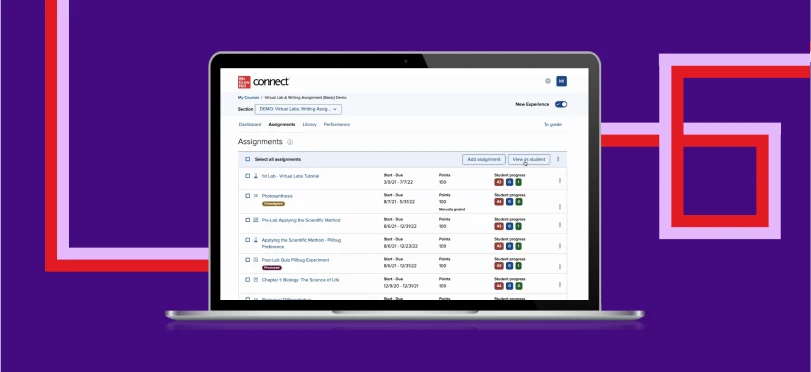Next-Level Teaching: What’s Working in Community Colleges Today
A piece on creative approaches to engage students and enhance learning

Being part of a community college is more than just a job; it is a chance to be part of something truly transformative. As a former community college student myself, I know firsthand the impact this environment can have. Over the years as a professor, I have continually been inspired by the resilience, drive, and the potential of my students. They come from incredibly diverse backgrounds: some are veterans, others are first-generation college students, and many juggle academics with full-time work or family responsibilities.
To truly support them, our teaching must be innovative and adaptable. We need to meet students where they are in life, spark their curiosity, fuel their passion for learning, and focus on what motivates them to keep moving forward. When we do that, we do not just teach—we empower.
Learning That Feels Relevant
One of the first things I think about when creating a lesson is, “Why would a student care about this today?” When students understand how a skill connects to their lives or goals, they are far more likely to engage. For example, when I am teaching a lesson in Excel, I explain to the students how they can apply this to their daily life such as setting budgets or in their careers creating sales goals.
Digital Tools for Personalized Learning
Technology has opened the door to flexible, creative learning environments. I use platforms like SIMnet® to let students explore Office 365 skills through interactive simulations and real-world projects. These tools let students practice at their own pace and revisit challenging concepts as often as needed. Immediate feedback gives them gratification of their progress.
SIMnet offers badges and certificates when completing specific SIMnet assignments. They are verified by McGraw Hill and students can add these to their LinkedIn accounts. This helps to keep them motivated and engaged.
Feedback & Revising
Many of my students have faced setbacks in traditional educational environments. That is why I work hard to create a classroom culture centered on growth. I encourage revision and improvement by allowing resubmissions after feedback. It supports a growth mindset and teaches that iteration is part of real-world work.
Flipped
I teach in a blended modality, and to maximize our face-to-face time, I have adopted a flipped classroom approach. Students complete their SIMnet SimBooks as homework before class, which allows us to use in-person sessions for live demonstrations (which count for points), hands-on troubleshooting, and exploring helpful shortcuts together. This approach not only increases student engagement but also builds confidence as learners step into the roles of peer mentors and collaborative problem-solvers. By arriving prepared, students actively participate in meaningful ways—moving from passive listeners to empowered learners.
Reflective Learning
I also teach a Digital Arts and Technology course where students get to explore several different software programs over the semester. Every four weeks, we pause for a reflection discussion—it is a chance for them to talk about what they have learned, what challenged them, and how they might use those skills in their future careers. It is a great way to help everything click and keep the learning connected to their goals.
Celebrating Progress
Many of my students come to class feeling intimidated by technology. That is why I make a point to celebrate their wins, even the small ones. I will send a quick kudos message or email when they finish a tough exam or make progress on a retake. It is amazing how far a little recognition can go in showing them that learning is a journey, not a race for perfection.
Teaching at a community college is more than delivering content, it is about helping students rediscover their potential. With a little creativity and the right tools, we can turn every class into a launchpad for confidence, curiosity, and success.



